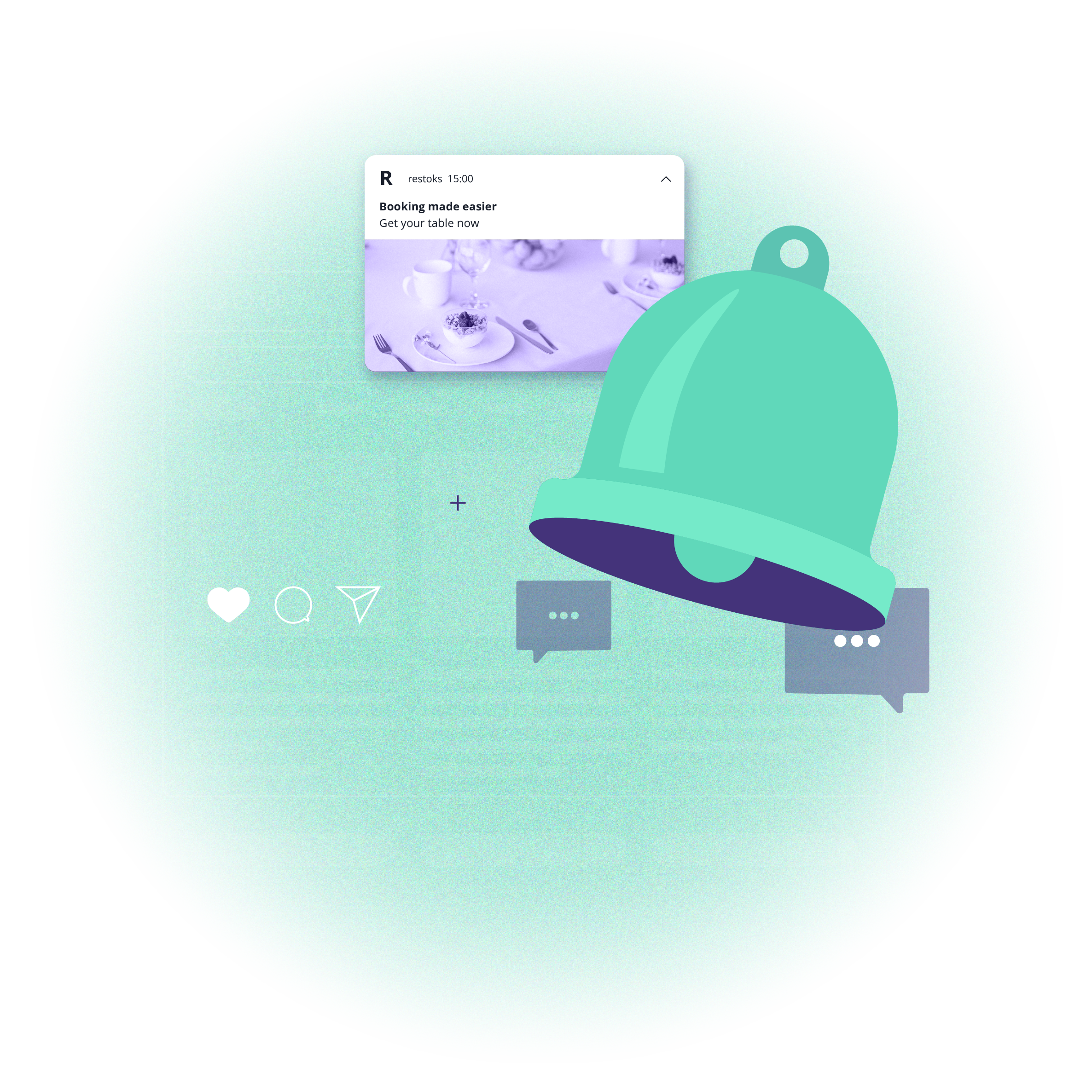Storytelling in fashion e-commerce: 4 market examples
 Aleksandra Kozioł
Aleksandra Kozioł
People have been telling stories for thousands of years. It’s a terrific way to teach valuable lessons, spend quality time with friends and family, and engage others in communication. Storytelling works perfectly in the business world, too. Brands more and more frequently tell stories to show their legacy, explain their point of view, and create more meaningful and deep relations with customers. One of the sectors that use this technique particularly willingly is fashion.
In this blog post, we will show you four examples of how storytelling can be used to give your fashion e-commerce a boost.
Why do you need storytelling?
Before we show you our selected examples of storytelling in fashion, we need to answer the fundamental question – why do you need storytelling, especially when you operate in the fashion e-commerce sector? Primarily because purchasing is almost always an emotional decision. We buy clothes not just because we need them but to show who we are, what we believe in, and what our values are.
Through storytelling, you can show the world (and your target audience) what your brand is all about. What are its mission and vision for the future? Storytelling helps you sell concepts and ideas, just like ads help you sell products. People want to identify and believe in something greater than just themselves. They want to be a part of a bigger, better reality. And that's what storytelling is all about.
Moreover, this strategy is simply effective from the business perspective. Companies that are not just about making money are deemed more authentic and worth attention. As a result, many of them sell more products and cherish more loyal customers. According to RetailDive, 63% of Gen Z consumers say they are more likely to buy from a company that contributes to a social cause.
This leads us to the essence of that topic. Storytelling is about being authentic. Stories that you tell and values that you believe in have to be genuine, not made up just for marketing purposes. Your customers will immediately sense that, and you surely know that no one wants to be lied to. So if you're going to make the most of this marvelous technique, you need to think about your target audience, company, and actions first. Start with implementing necessary changes. Only then can you start talking about them, not the other way around!
With this introduction done, let’s take a look at four interesting examples of storytelling in the fashion sector. Three of these examples come from the modern world (usually years 2019/2020), but we decided to include one iconic example from the past as well (along with its present-day continuity).
Storytelling in fashion e-commerce
ADIDAS
Here, we need to mention the “Take the First Step” campaign made together with Zalando. Adidas wanted to appeal to Gen Z in Berlin and Paris. The goal was to associate this brand with sustainability. To achieve that goal, Adidas created a line of more sustainable sneakers that were available exclusively on Zalando. They included the print 'this shoe alone will not save the planet'. The focus was on the small steps that all customers can take to lower human impact on the planet. In their commercial, Adidas talks about making positive changes, joining forces, and cleaning up the environment. Adidas encourages the young audience to recycle and reuse plastic products. You can read more about this campaign and watch the commercial mentioned above here.
The results of this campaign:

Image source: Zalando
ROTHY’S
It’s an American brand that produces shoes, bags, and accessories out of used plastic waste. The company leverages storytelling to emphasize the importance of their actions and sell products online. On their website, you can read about how their products are made and why. The company boasts of saving over 100 tons of plastic waste, and they plan to achieve zero-waste at their factory by the end of 2022.

Image source: Rothys
NIKE
This world-famous company has been about women’s endorsement pretty much always. That’s what they do today as well. For example, in 2019, Nike became an official partner of the UEFA Women's competitions. Nike was the match ball supplier and supported the Together #weplaystrong initiative, thus supporting UEFA’s five-year plan to cement football as the leading female team sport in Europe.

Image source: Nike
That year, even the brand's chairman and CEO, Mark Parker, called 2019 Nike's year of the woman. This year alone Nike Women’s business was up 11% [Forbes].
In 2020, Nike presented pregnant women in their ads. As Carmen Zolman, Nike Senior Design Director, said: “It’s the project of a lifetime to work in lockstep with all kinds of mothers to bring to life a capsule that truly supports women’s relationship with the sport during such a transformative time in their lives.” [Medium - How Nike Empowers Women In All Shapes]
What was the purpose of this campaign? Nike wanted to encourage women whose bodies can have massive transformations and return to their athletic careers stronger than ever.
COCO CHANEL
Let's spin the clock back several dozen years in our last example. Gabrielle Bonheur, better known as Coco Chanel, was one of the first women to change the situation of women through storytelling. We could even say that she communicated social issues through her clothes. Her famous little black dress gave women a sense of empowerment and confidence. Moreover, Coco made sure women were given the right to wear pants freely shortly after WWII [High Style Life].

Iconic LBD (little black dress). Image source: Elle
Today, the Chanel brand still uses storytelling. They created a whole series of short videos that are available on YouTube. These videos present various aspects of the brand, from the iconic fragrance No.5 and the history of its creation, to a story about haute couture and the presentation of the company’s charismatic founder – Coco Chanel. These videos are called Inside Chanel, and you can watch them on their YT channel. Here’s a good example of a video showing Coco’s journey to the United States:
Summary: Thrive in fashion e-commerce
We can’t stress that enough – storytelling is not selling fake stories to customers. It’s about real activities and real beliefs. Don’t ever think that lying to your customers will get you anywhere.
But there are more ways to thrive online. One of them is through web and mobile push. That’s our specialty. Take a look at our e-commerce use cases and see how push notifications can help you get to your clients more effectively. Drop us a line if you need to know more.

Content Specialist @PushPushGo
Editor and writer. She is interested in media and new technologies.
Try PushPushGo to engage and connect with your audience.
Create an account and start testing!





